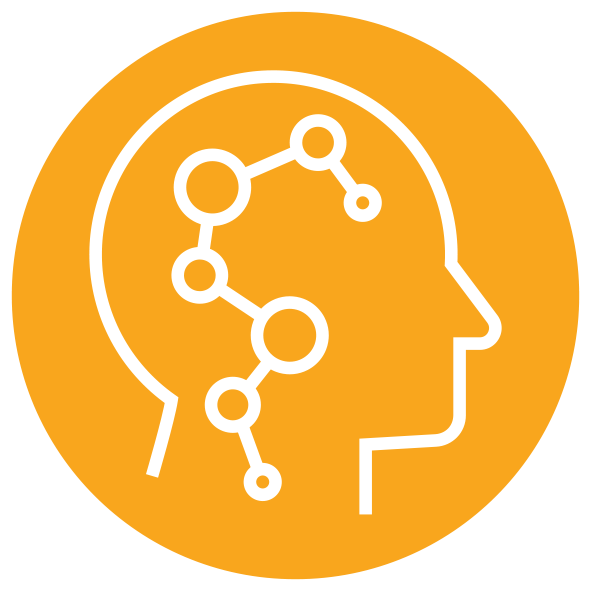Submitted by Daniel Swindlehurst
on November 28, 2015
QUANTUM SHORTS 2015: SHORTLISTED, OPEN CATEGORY
“OK, I have your avatar’s age and sex preferences, just a few more questions before I can create your Personal Universe©. Which year would you like to visit?”
“Can I go to 2016 please? The summer, you know, just before The Event?”
“Of course. Remember, we want to create the perfect experience for you, if we’re going to make you your very own private universe, then we want to make sure it’s just right. Now, what role would you like to have, you can be a film star, a famous athlete, a powerful CEO, the President?”
“You said that I can be exactly whoever I want to be? No matter how… unusual?”
“Of course, you can live the life you want. You can be rich, poor, married, single. You can rule the world, save the world, or even destroy it. The only stipulation for the package you’ve chosen is that your avatar must be consistent with the reality of…” she glanced at her display “… the summer of 2016. So you can’t have a Version 2.0 body, or super powers, or anything like that. You’d need to pay extra for such a custom simulation.” She paused and looked questioningly at me, ever the saleswoman.
“No thanks, nothing like that. I’d actually like to be a research scientist please. In fact, one of the scientists that was working on the project that caused The Event.”
My interviewer’s polished demeanour slipped for a second and she looked briefly incredulous, before her mask of polite professionalism quickly returned.
I continued as she recovered her composure. “You see, I’ve always been fascinated by science. And I heard that in 2016 it was still carried out by actual people, before the A.I.s took over. I want to be one of those human scientists please, and I want to be right there when IT happened.”
“Of course, a research scientist you will be. Such an unconventional role may take us a few more days to program though.”
“I quite understand. I bet scientist is a pretty unusual request?”
“You’re the first actually.” She arched an eyebrow in quiet judgment.
“And you’re sure this will feel real?”
“I can assure you of that. The weather, the food you eat, the people you meet, all will feel indistinguishable from reality.”
“But the people, they won’t be actual real people will they?”
“No. There’s no need. Our procedural algorithms ensure that as the simulation winks into existence each of its inhabitants will be created with a unique consciousness, personality and a set of rich memories that they’ll think are genuine. They’ll believe that they’ve lived for years, they’ll go about their lives, working, eating, falling in love, dying, all without realising that they’re composed of digital code, rather than flesh and blood.”
“It sounds very impressive.”
“It is, and it isn’t. It feels absolutely real, but you’d be amazed how little memory it takes, how many of these simulations we run at the same time. Not all are set in 2016 of course, we run some modern day simulations, but mostly people want to experience past lives, like you. Many people go much further back though. Maybe after you’ve spent a month in 2016 you’ll travel with us again, maybe further back next time?” The hard sell again.
“We’ll see,” I replied politely, but without commitment. “Is this strictly ethical? I mean, you’re creating 7 billion people who think they’re alive, then, after one month you end them all with a flick of a switch.”
“Don’t worry, remember, they’re not real people, they’re just code, they’re nothing but a long string of ones and zeroes. And besides, we create and ‘end’ hundreds of billions of them every day across all our various simulations.”
“But, don’t any of them ever realise that they’re not real?”
She frowned and looked a little impatient. Was I being rude asking these questions? I was the client though, so I looked at her and waited for a response.
“It happens, but very rarely. Usually in individuals on the fringes of the simulated societies, the odd artist, but most often with scientists, coincidentally. In the past it occasionally caused a few problems, but we quickly realised how to deal with it, we invented the Uncertainty Principle.”
“I’m afraid I’m not familiar with that particular principle, is it from quantum physics?” I’d read a fair amount of pre-Event science, but I’d never heard of it.
“That’s because it doesn’t exist in the real world. In our simulations, inquisitive scientists where sometimes able to delve so deeply into their worlds that they discovered the code with which their artificial existences were created. So we’ve introduced an arbitrary limit to the degree of precision by which the simulated particle physicists can measure their world. If they try to measure one aspect of a particle, say, it’s position, then they find that they can’t measure another aspect, like it’s momentum. It creates a layer of fuzz that neatly prevents them from digging too deeply and discovering the underlying code.”
It was my turn to look at her incredulously.
“Sounds a bit fanciful, I know, its just science fiction though. But it seems to do the trick.”
She fixed me with a mock-conspiratorial look. “And remember, if you ever doubt the world in which you live in, just measure the properties of a fundamental particle, if you can measure both momentum and position, then no need to worry, you’re in the real world.” She laughed.
About the Author
I used to have a proper, sensible job, but I threw it all away to become a scientist and realise my childhood-dream of spying on animals and being financially destitute. I love science fiction.



